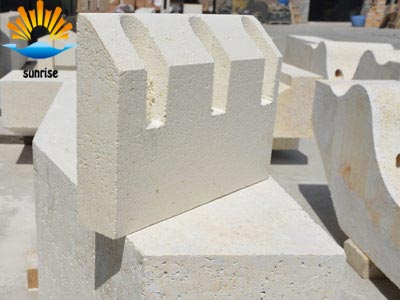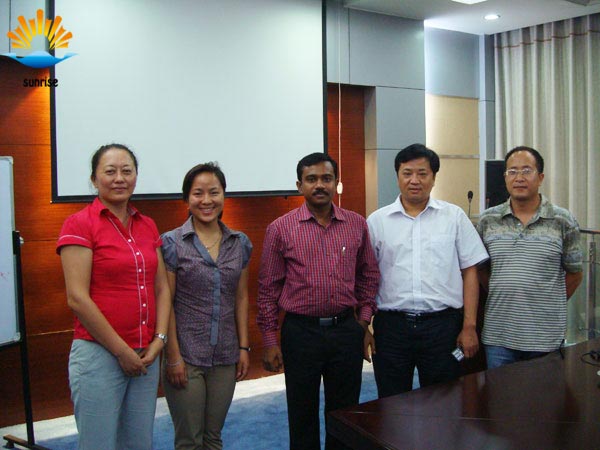
Product List
Success Case
Contact Us
- 0086 371 63838939
- 0086 371 63835539
- sales@sunriserefr.com
- tkfanyi
- No.36 Fengchan Road, Zhengzhou City

News
A New Fiber Reinforced Lightweight Brick of Mullite
- More related products
- Fused Cast AZS Block
- Fused Cast Alumina Block
- Fused Cast High Zirconia Block
- Fused Cast Skid Rail Block
The patent for mullite fiber brick and its method of manufacture uses refractory materials as the main raw material, and includes the steps of mixing, molding, drying, and sintering. It is characterized by the addition of mullite crystal fiber into the main raw material. The mullite fiber brick
Moreover, it is mainly made of the following weight percentages of raw materials:
Refractories 60 to 75%; flammable materials 5 to 25%; mullite crystal fiber 5 to 15%; raw material total 100%;
The refractory material is one or more of alumina powder, sillimanite, mullite, clay, and coke; the combustible material is one of polystyrene ball, sawdust, cork powder, powdered coal powder, and organic fiber. One or more kinds of mixture. The mullite fiber brick according to claim 1, wherein the refractory material has a particle size greater than 325 mesh.
The method for making mullite fiber bricks is characterized by the following steps:
1) Mixing: The combustible material is wetted and mixed with a refractory material, and the mixture is stirred with water until it is uniform, and then the mullite crystal fiber is added under stirring to obtain a wet sludge compact;
2) Trapped material: the wet sludge trapped material 12 ~ 24h, obtained mud, the moisture content of the mud material ≤ 26%;
3) Forming: extrusion molding mullite fiber brick body;
4) Drying: The mullite fiber brick body is dried at 80-180° C. After the drying is completed, the water content of the green body is 2-5%, which is made into a dry state body;
5) Sintering: sintering the dried green body at a maximum temperature of 1100 to 1500° C. to form a mullite fiber brick blank;
6) Cutting: The size of the mullite fiber brick blank is cut and the surface is polished to make a mullite fiber brick

- Read more
Leave Message
For more information on any of our products please get in touch using the form below. One of our sales team will respond to your enquiry as soon as possible.

Copyright © 2014 Zhengzhou Sunrise Refractory Co., Ltd. Site Index Product Index












